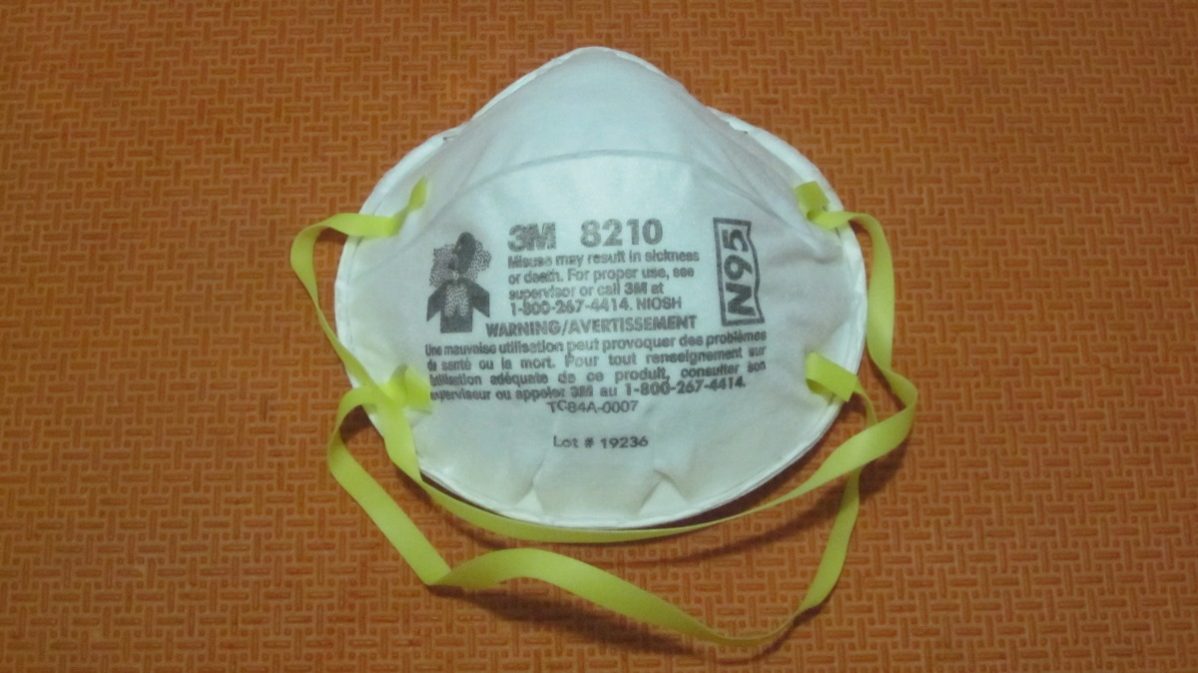Dr. Md. Safiuddin, a professor at George Brown’s Angelo DelZotto School of Construction Management, recently published two technical papers with a faculty member at Dhaka University of Engineering and Technology, suggesting that N95 respirators and surgical masks may not be as protective as expected.
In two papers which were published in the International Research Journal of Public and Environmental Health (IRJPEH) and the International Journal of Academic Research and Reflection (IJARR), Safiuddin concluded that N95 respirators are not able to filter 95 per cent of all virus particles. The IRJPEH and IJARR are both peer-reviewed publications.
“N95 masks might not give an expected 95 per cent protection against the small virus that causes COVID-19,” said Safiuddin. “If there are 100 virus particles outside of the mask, an N95 mask is expected to prevent 95 of them from passing through. But practically, it is not always like that.”
According to Safiuddin, other researchers who have tested N95 masks found that more than five per cent of virus particles can enter past the filtering layer, depending on the inhalation flow rate.
“It is a big number and it is surprising,” said Safiuddin. “However, the actual virus is nanosized and that is the challenge.”
The challenge is evident when observing the research results of surgical masks as well. In one research paper, Safiuddin and Salam say that surgical masks could allow more virus particles to enter the respiratory system due to their low filtering efficiency. He further stated that many surgical masks do not fit the face properly, which can further inhibit their ability to stop virus particles.
Due to these factors, Safiuddin concluded that surgical masks provide much less protection than N95 masks against COVID-19. However, he also stated that surgical masks can be used effectively as a means of source control to diminish the spread of virus particles.
“If people are using surgical masks, they are indeed helping to reduce the community transmission of COVID-19,” said Safiuddin. “When virus-infected persons use surgical masks, they can lessen the spread of viruses in the environment.”
Although wearing a surgical mask alone may not protect a person from all of the virus transmissions, Safiuddin encourages everyone to take a multi-level approach. Instead of focusing on wearing protective garments, Safiuddin says that handwashing and social distancing are important components that must be considered.
“For more protection on top of a surgical mask, one can use a cloth mask,” said Safiuddin. “Plus, adequate physical distancing is the other good self-protective means.”
After conducting research about the COVID-19 pandemic, Dr. Safiuddin hopes to complete more projects regarding the spread of viruses in indoor spaces by analyzing airflow and dust accumulation inside the buildings at George Brown’s Casa Loma campus.
“We have applied for funding this month and maybe next year, we will research indoor spaces,” said Dr. Safiuddin. “Once we obtain the funds, we will get started on that and hopefully, incorporate more of my engineering background to the project.”
Editor’s note (Dec. 7, 2020): A previous version of this story mistakenly referred to the Angelo DelZotto School of Construction Management as the Angela DelZotto School of Construction Management. The Dialog regrets this mistake.


